In this article, I am going to tell you What is CI CD in Automation Testing? so if you want to know about it, then keep reading this article. Because I am going to give you complete information about it, so let’s start.
In Automation Testing, CI/CD (Continuous Integration and Continuous Delivery/Deployment) refers to the process of automating the testing, building, and deployment of software applications in a continuous and seamless manner.
Automated tests are integrated into the CI/CD pipeline, and they are executed automatically whenever new code changes are made. This ensures that any issues or bugs in the code are detected and fixed early in the development cycle, reducing the risk of introducing new problems in the software.
The Continuous Delivery/Deployment component of CI/CD ensures that the software is automatically deployed to production environments as soon as it passes all automated tests. This helps to ensure that the latest changes to the software are always available to end-users in a timely and reliable manner.
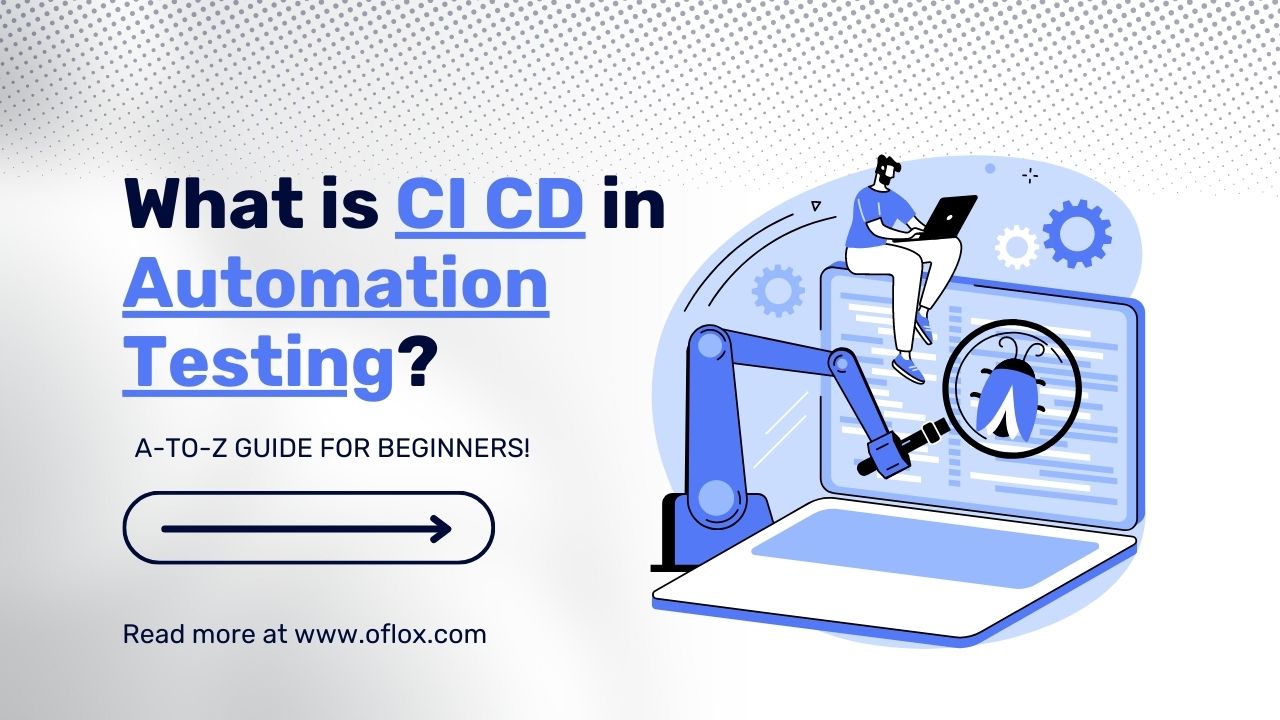
Today’s article focuses on the same,i.e, “What is CI CD in Automation Testing” The articles entail each bit of information necessary for you to know.
Let’s get started!✨
Table of Contents
What is CI CD in Automation Testing?
The end goal of continuous integration and continuous deployment is to streamline the delivery of new features by automating every aspect of code creation, verification, deployment, and improvement. In this article, we’ll explain the place and role of CI/CD automation testing in this entire process. With it, you can be confident that the amendments to your code are verified end-to-end and in no time, and all the inconsistencies are eliminated before your product actually gets into the hands of your audience. Read on for our in-depth explanation and instructions.
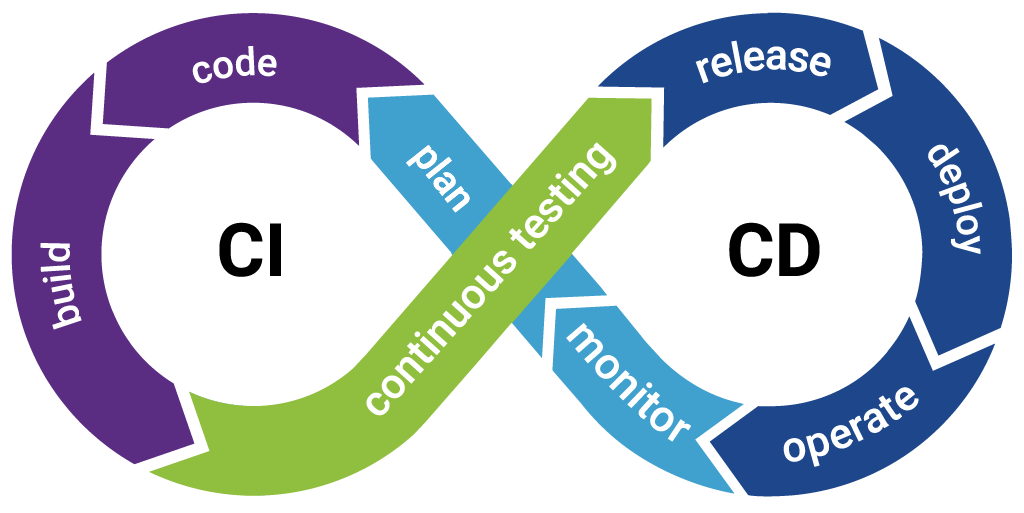
CI/CD automation perks: what are they?
Automated testing and continuous integration go hand in hand and are opposed to waterfall verifications.
In the traditional software creation approach, everyone follows distinct consecutive steps when planning, designing, building, verifying, and deploying programs. The next stage starts only after the previous one finishes. As the alterations to the scripts are made in bulk and on a large scale late in the SDLC, engineers don’t have the possibility to swiftly ensure that the newly added functionality performs as planned, and releases are often protracted. Additionally, as a rule, interactions between diverse teams are limited, leading to missing or ignoring the inconsistencies that are revealed at a particular stage but often aren’t communicated to the next stage.
In contrast, continuous integration and continuous deployment, just as the names of these terms claim, suggest unceasing automated testing and continuous integration of newly written scripts with the rest of the code and its frequent and continuous deployment. Thus, when practicing the CI/CD approach, the amendments to the scripts are made perpetually and the feedback is received almost immediately. Continuous deployment results in prompt issue resolutions and, ultimately, improved feature quality.
In addition, you can effortlessly scale up your custom mobile automated testing as the checks occur concurrently, and even the most tedious of them are performed speedily and with the highest accuracy. These perks of CI/CD are beyond manual QAs’ reach.
A big plus of continuous integration and continuous deployment is that it forms the basis of Agile development. This not only fosters increased flexibility and collaboration but also contribute to expediting value delivery to your audience and allows you to swiftly conform to their ever-evolving demands and market dynamics.
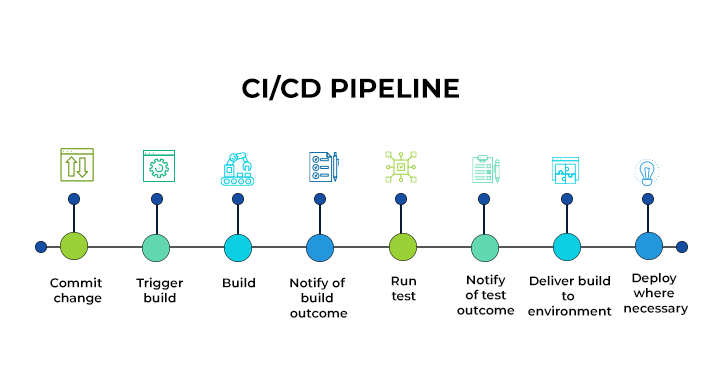
CI/CD pipeline automation testing: when exactly is it carried out?
The answer is that CI/CD automation testing is an intrinsic part of the entire pipeline. This is because immediate checks after any alterations of the scripts allow your specialists to fix any inconsistencies hot on the trail and thus, avoid tedious reworks later on when a substantial part of the work is finalized.
CI/CD pipeline automation testing normally occurs as follows:
- Сontinuous integration automated testing takes place when newly composed pieces of a program get into a shared repository. There, these pieces are compiled and automated testing confirms that the existing app logic isn’t broken.
- Сontinuous deployment testing occurs in a staging or production environment to guarantee that no inconsistencies emerge in a true-to-life context.
There are numerous diverse CI/CD tools for automation testing. With them, you can seamlessly supply the necessary data into the pipeline, swiftly view the outcomes, and progress your builds further on.
When planning for your CI/CD flows, it’s an advisable practice to carry out the fast-track verifications in the first instance. Thus, you’ll use the environments reasonably and base your subsequent decisions and more convoluted processes on the freshly provided feedback. To achieve the utmost efficacy, we recommend you organize your automated testing flow around the pattern that is widely recognized as the test pyramid.
How to efficiently arrange automation testing within the pyramid
The pyramid concept illustrates how you can adapt your CI/CD for automation testing in the most optimal way.

First off, unit tests are carried out that amount to the utmost number of verifications in your CI/CD testing flow. These refer to the swiftest and most uncomplicated pieces of work that allow you to ensure that functions, methods, and other individual fragments have been written correctly.
Then, the smooth joint performance of these fragments is verified through integration tests that form the next, narrower layer of the pyramid. It takes more time to complete continuous integration automated testing than to go through the previous group of unit checks. This layer encompasses numerous cases, e.g. ensuring the proper synchronization between miscellaneous databases, APIs, UI components, services, etc.
Lastly, your CI/CD pipeline automation testing is finalized with a relatively small amount of the most extensive end-to-end tests. These serve to secure that the IT solution works flawlessly as a whole and can proceed to its users.
Perhaps, a few more words need to be said about test environments. When you organize your CI/CD automation testing, it’s crucial to configure hardware, software, and network resources in a way that the above types of verifications are carried out in a controlled, consistent, and reproducible fashion.
How to take the most out of automated testing feedback
Modern CI/CD tools for automation testing are robustly harmonized with CI servers. Thus, the CI/CD testing outcomes can be seamlessly viewed in parallel with your build and continuous deployment statuses, which allows you to conduct an all-encompassing analysis of the situation and manage it if the need arises. Moreover, the servers can be set up to perform various automated actions, e.g. trigger automation testing at regular intervals, create new builds, etc.
Other, perhaps, obvious recommendations for promptly receiving and exploiting automated testing feedback encompass setting up notifications at various milestones and relying on visually clear colored dashboards. It’s also vital to nourish and support the culture when the team not merely adjusts your CI/CD for automation testing, but also effectively analyzes and applies its results.
So is CI/CD automation about to replace manual QA?
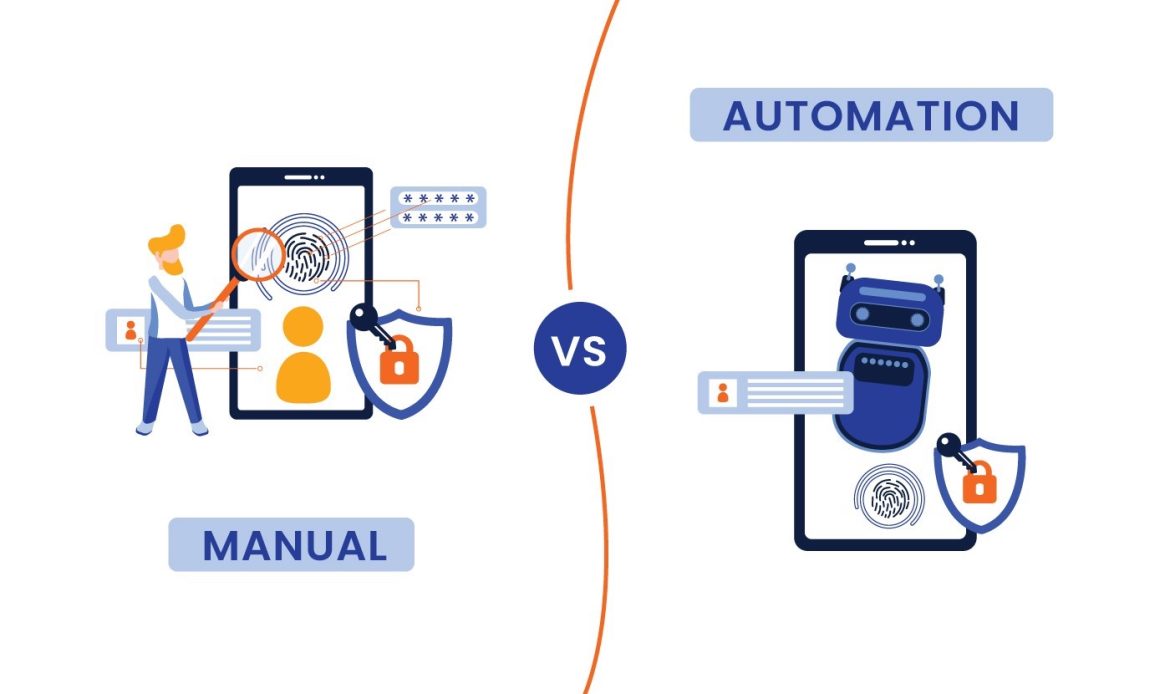
We hasten to reassure our audience: adjusting CI/CD for automation testing doesn’t mean that your manual QAs need to be laid off. Automated testing serves as an intrinsic addition to the manual approach, not as its substitute. This is because, among other things, exploratory, usability, and user acceptance checks aren’t meant for continuous deployment automation.
Furthermore, manual techniques come indispensable for uncovering unique corner cases that are challenging to emulate. These, as well as other areas of work, still necessitate in-depth professional knowledge, creativity, and even, to some extent, intuition to build the strategy, better explain the program’s architecture and UX, and orchestrate the intricate continuous integration and continuous deployment testing.
Another significant argument in favor of manual validations is that they don’t necessitate sizable upfront investment to configure environments and prepare the scripts. Therefore, they are fit for startups and mid-sized initiatives.
Finally, your test suites require exhaustive and regular maintenance as your project evolves, which is resource-demanding and often requires the involvement of dedicated specialists.
Key takeaways on the effectiveness of automated flows
Configuring and performing continuous integration automation is a never-ceasing process that necessitates constant adjustments.
First and foremost, plan for sufficient test coverage of all the IT solution’s vital components. While it’s, naturally, not feasible to achieve complete test coverage due to time and cost constraints and infeasible and rare scenarios, it’s an established convention to cover from 80% to 90% of the critical functionality.
Another useful recommendation is to experiment with modern instruments like XCUITest, Selenium, Protractor, REST Assured, Protractor, Cypress, WebdriverIO, Puppeteer, Jest, pytest, Appium, Detox, Espresso, Kaspresso, EarlGrey, TestProject, Selendroid, SeeTest, Ranorex, and others.
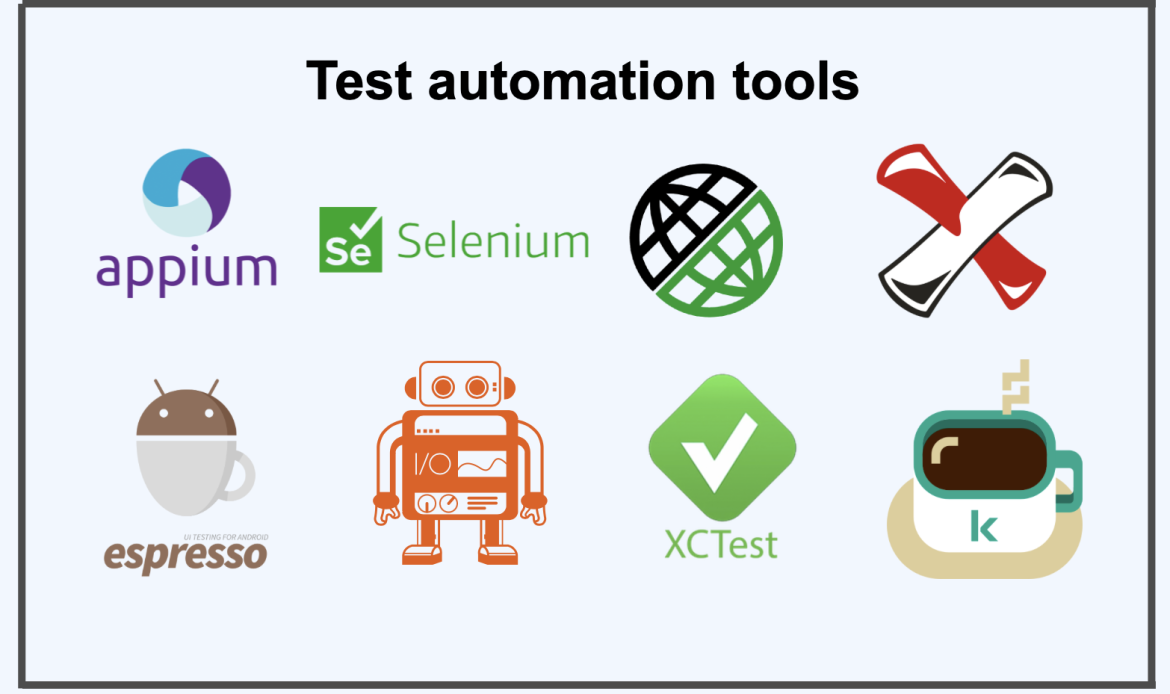
Furthermore, to secure the enduring excellence of your approaches, create clear test scripts with self-explanatory names that are effortless to systematize and maintain.
Organize your continuous integration and continuous deployment automation in such a manner that it would occur as early and often as possible, including the analysis of the results. Additionally, secure the stability of the environments by identifying and mitigating any factors that are likely to cause the verifications to fail.
Last but not the least, do not hesitate to turn to a seasoned QA team like Andersen for assistance. Well-versed experts will rapidly set up all needed automated processes and secure superb performance of your digital systems.
Read also:)
- What is LIMS Software: A-to-Z Guide for Beginners!
- How to Redirect HTTP to HTTPS: A-to-Z Guide for Beginners!
- 10+ Best Website Monitoring Tools: A-to-Z Guide for Beginners!
So hope you liked this article on What is CI CD in Automation Testing? And if you still have any questions or suggestions related to this, then you can tell us in the comment box below. And thank you so much for reading this article.